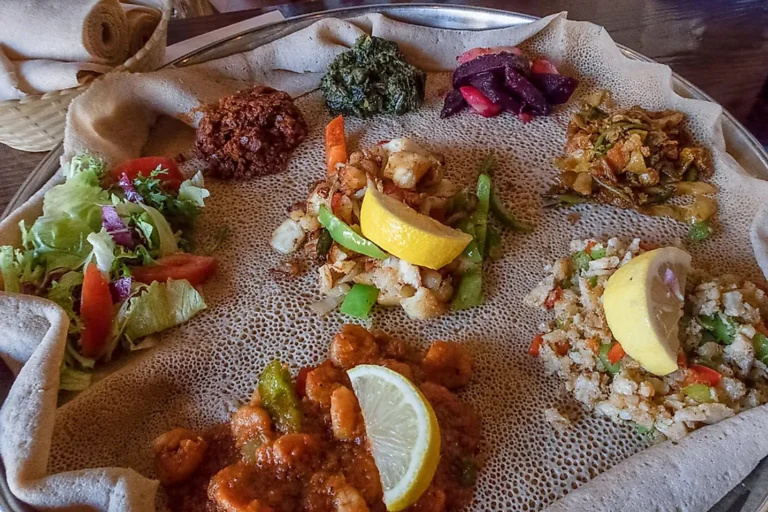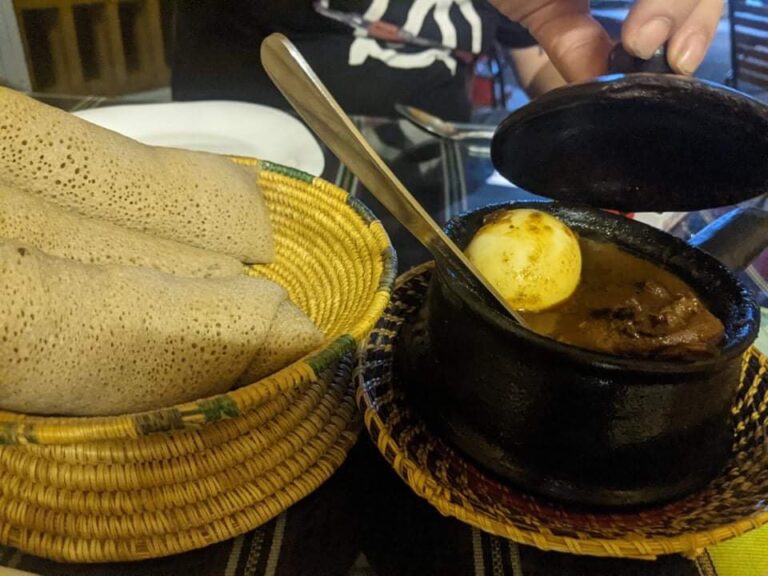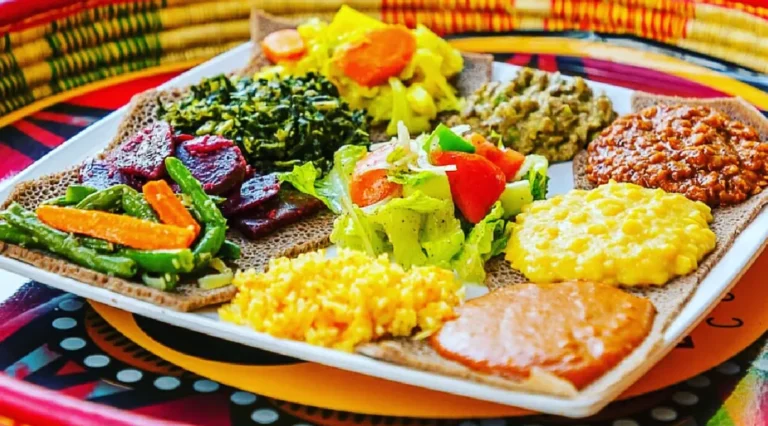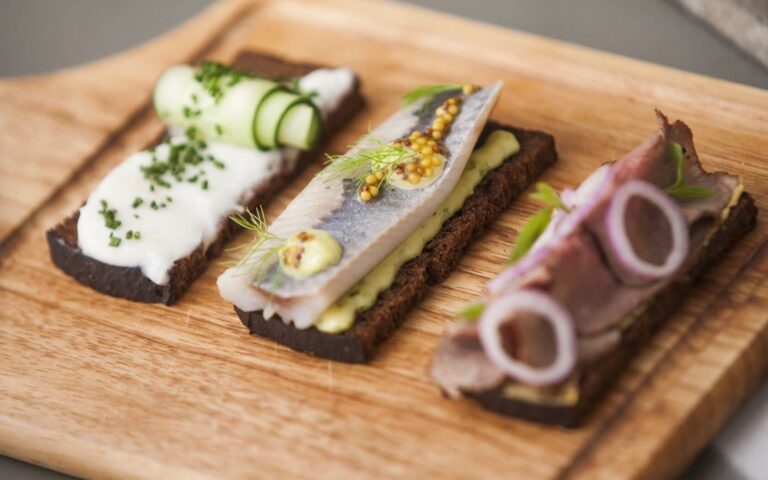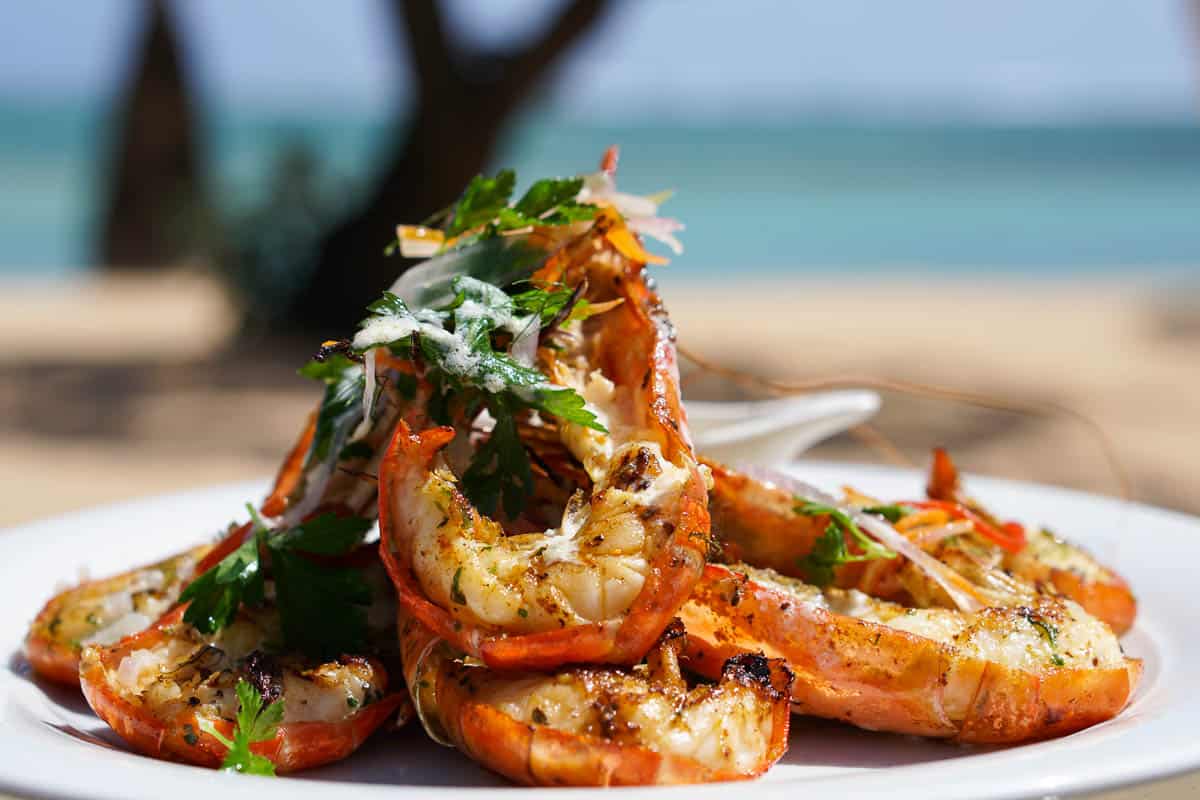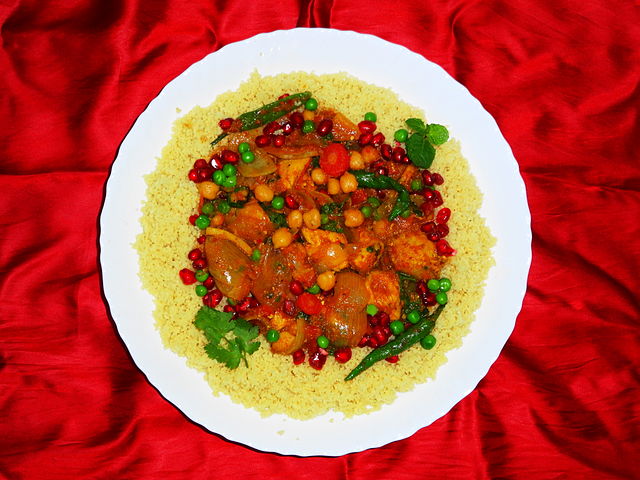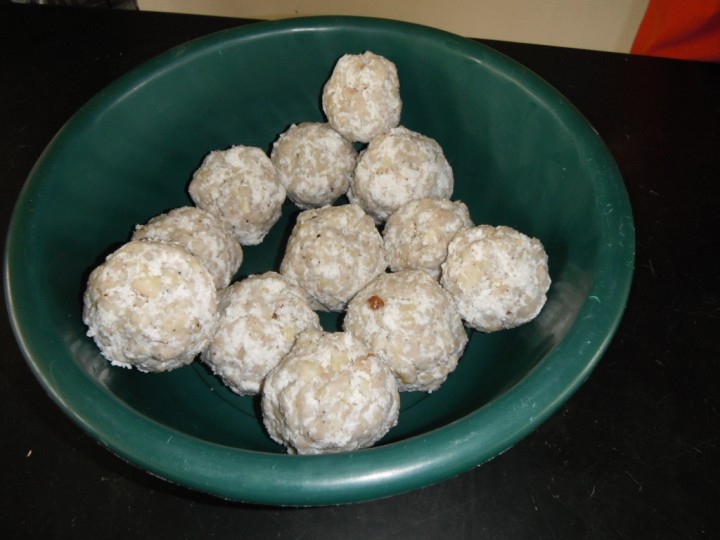Introduction: Eritrean cuisine
Eritrean cuisine is a fusion of different cultures and traditions that have been shaped by the country’s unique history and geography. It is characterized by a variety of spices, herbs, and flavors that are used to create delicious and nutritious dishes. Eritrean food is also known for its communal nature, as it is often shared among family and friends.
Special Occasions in Eritrea
Eritrea is a country with a rich cultural heritage, and as such, its people celebrate various special occasions throughout the year. Weddings, in particular, are significant events that are marked with great pomp and ceremony. They are occasions for families to come together and celebrate the union of two individuals.
The Role of Food in Eritrean Celebrations
Food plays a central role in Eritrean celebrations, and weddings are no exception. In fact, weddings are the perfect opportunity to showcase the country’s diverse cuisine. Families often prepare elaborate feasts that feature a variety of meat and vegetable dishes, as well as sweets and desserts.
Meat Dishes for Special Occasions
Meat dishes are an essential part of Eritrean cuisine, and they are often served during special occasions such as weddings. Some popular meat dishes include zigni, which is a spicy beef stew, tsebhi derho, a chicken stew, and tsebhi birsen, a lamb stew. These dishes are often served with injera, a traditional flatbread that is made from teff flour.
Vegetarian Dishes for Special Occasions
Vegetarian dishes are also a popular choice during special occasions, and Eritrean cuisine has plenty of delicious options for those who do not eat meat. Some popular vegetarian dishes include shiro, a chickpea stew, atkilt wot, a vegetable stew, and tsebhi shiro, a lentil stew. These dishes are often served with injera or rice.
Traditional Eritrean Dishes for Special Occasions
Traditional Eritrean dishes are an essential part of any special occasion, and families often prepare them to showcase their cultural heritage. Some popular traditional dishes include zigni tsebhi, which is a lamb stew with berbere spice, injera, and honey wine. Another favorite is tsebhi birsen, a lamb stew with a spicy tomato sauce, and injera.
Sweets and Desserts for Special Occasions
Sweets and desserts are an integral part of Eritrean cuisine, and they are often served during special occasions. Some popular sweets and desserts include halva, a sweet confection made from sesame seeds, and baklava, a pastry made with honey and nuts. Families also prepare traditional sweets such as shingla, a fried doughnut, and ma’amoul, a cookie filled with dates or nuts.
Final Thoughts and Recommendations
Eritrean cuisine is a delicious and diverse fusion of different cultures and traditions. During special occasions such as weddings, families often prepare elaborate feasts that feature a variety of meat and vegetable dishes, as well as sweets and desserts. Some popular dishes include zigni, tsebhi derho, and shiro. We recommend trying traditional dishes such as zigni tsebhi and tsebhi birsen and indulging in traditional sweets such as shingla and ma’amoul.

